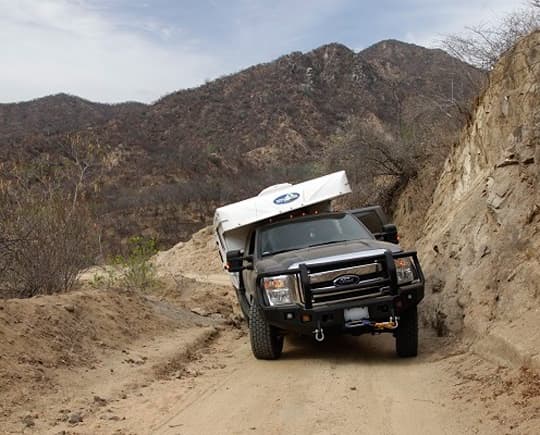FutureExpitioner
New member
I know there are a million threads about this and someone is gonna get grumpy with me, but I can't find a simple answer to my question. I am using an Earthroamer type setup as the example vehicle. If you build a strong enough camper and attach it rigidly to the cab, can't you fasten the whole ensemble hard to the frame? It would be like a van, or excursion, or most other SUVs. Their frames/bodies don't really twist, right? I can get that allowing the frame to twist increases the contact of the tires and therefore traction. Having a rigid thing like I am thinking would result in wheels being off the ground more during extreme articulation. The things I don't like about the 3 or 4 point systems is that it seems like when side sloping, the weight is going to transfer away from the slope, exactly where you don't want it. It also increases the overall height of the entire rig, weight of the whole thing, and the center of gravity. And all the weight of the camper body is now on only 3 or 4 points of the frame. It actually seems like 3 point mounting systems are a recipe for breaking a frame. So please someone answer simply, why can a Quigly or UJoint van offroad well with a big rigid body rigidly mounted to it's frame but a camper can't??





